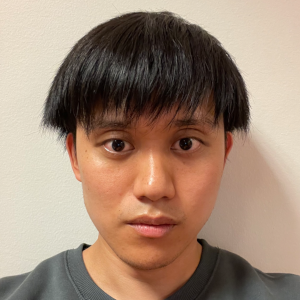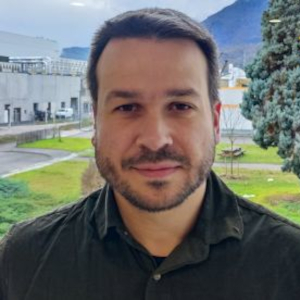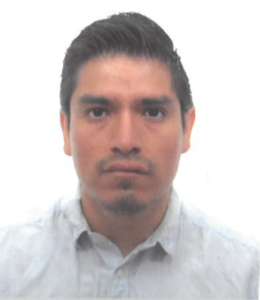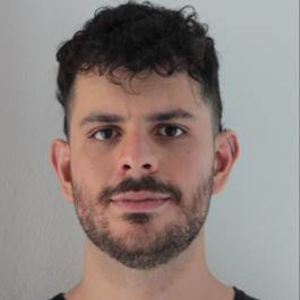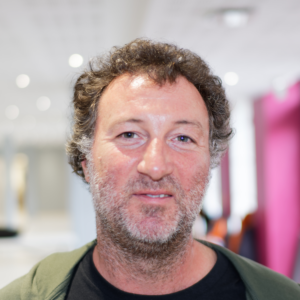Overview
Our team aims at manipulating spins currents in nanostructures, in particular in quantum materials with Dirac fermions, such as topological insulators or Weyl semimetals, or at oxide interfaces. Some important aspects of future spintronics devices, such as the efficient spin-charge interconversion at interfaces or the ballistic transport of spin states for quantum interconnects, are studied by magneto-transport measurements.
Research topics
Spin-Charge interconversion
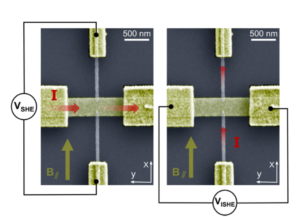
Nanostructure made of a horizontal stripe of spin Hall effect material, with two vertical ferromagnetic electrodes to probe the spin accumulation or to inject spin currents. The nanostructure allows probing both the charge-to-spin (left) and spin-to-charge (right) conversions due to the spin-orbit coupling.
Control of magnetization
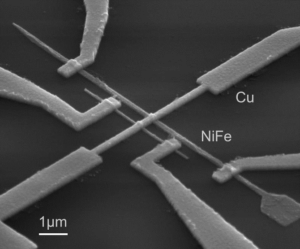
Nanostructure possessing NiFe nanowires, in which magnetic domain walls can propagate. When located at the vicinity of the Cu nanowire, the domain wall can be used to inject or detect pure spin currents.
Ballistic spin currents
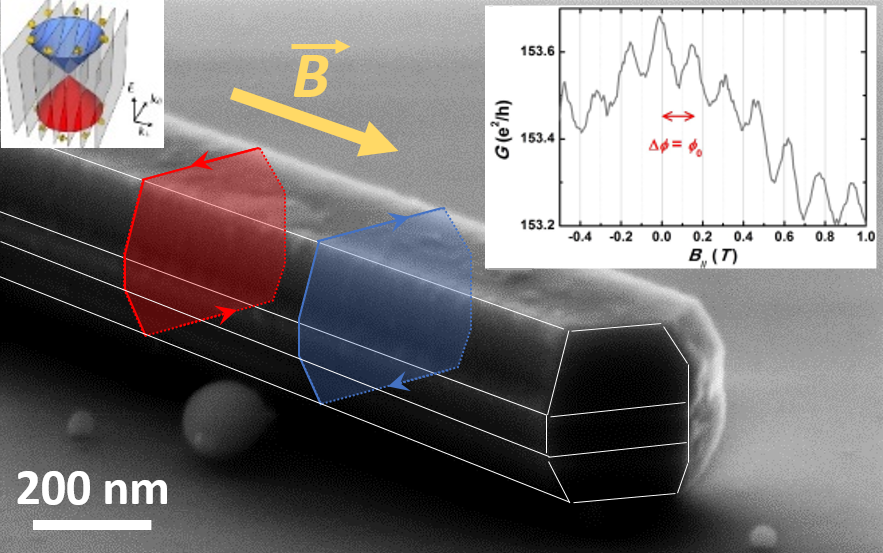
The ballistic surface Dirac fermions in a 3D topological insulator propagate on the cristal faces of a quantum wire. The well-defined cross section gives flux-periodic Aharonov-Bohm oscillations of the resistance, due to quantum interference, for a magnetic induction applied parallel to the nanowire. The spin-helical surface modes offer new possibilities to build quantum spintronics devices of simple geometry, either for dissipationless long-range interconnects or local spin filtering controled by a magnetic field or an electrostatic gate.
The team
Former members
Post-docs
- Yu FU (2015-2016)
- Juan Carlos ROJAS SANCHEZ (2010-2013)
- Yu FU (2015-2016, 2018-2019)
PhDs
- Andrei Mihai (2006-2009)
- Van Dai Nguyen (2009-2012)
- Piotr Laczkowski (2009-2012)
- Williams Savero-Torres (2011-2014)
- Pham Van Tuong (2014–2017)
- Gilles Zhand (2014-2017)
- Toshiki Gushi (2016-2019)
- Paul Noël (2016-2019)
- Aoyu Tan (2018-2021)
- Valentin Labracherie (2017-2021)
- Maxen Cosset-Cheneau (2019-2022)
- Sambit Ghosh (2019-2022)
Internships
- Williams Savero-Torres (2011)
- Gilles Zahnd (2014)
- Paul Noël (2016)
- Maxen Cosset-Cheneau (2018)
- Timothé Faivre (2009)
- Hélène Durand (2005)
- Andrei Mihai (2006)
- Carl Naylor (2011)
- Quentin Thiburce (2013)
- Clément Nguyen (2013)
- Sarah Ferry (2009)
- Cédric Mannequin (2008)
- Quentin Riffard (2010)
- Willy Lim (2016)
- Matthieu Praquin (2018)
- Marie-Paule Okinda (2020)
Visitors
- Sara Varotto (2019-2020)
Projects
- ANR Contrabass (2020-2023)
- ITN H2020 Spears (2021-2024)
- ANR Oiso (2017-2021)
- ISP Idex UGA DOMINO (2018-2021)
- FET Proactive H2020 Tocha (2019-2023)
- IRS Idex UGA (2017-2020)
Partners
- Tsukuba University (Japan)
- Unité mixte de Physique CNRS/Thalès (Orsay)
- Néel Institute (Grenoble)
- Leti (Grenoble)
- Institut Jean Lamour (Nancy)
- Leibniz Institute IFW (Dresden)
- Technical University (Dresden)
Recent news
- Jean-Philippe Attané appointed Senior Member of Institut Universitaire de France (IUF) (June 16th, 2021)

Our colleague Jean-Philippe Attané, Associate Professor at the University Grenoble Alpes, was appointed Senior Member of the Institut Universitaire de France (IUF), beginning from October 1, 2021 for a period of five years. The IUF distinguishes ... - Current-driven domain wall dynamics in ferrimagnetic nickel-doped Mn4N films (June 07th, 2021)

We report very large spin transfer torque driven domain wall velocities, approaching 3000 m/s, in rare-earth free ferrimagnetic Mn4-xNixN thin films close to the angular momentum compensation point. We also observe a reversal of the ... - Measurement of the Spin Absorption Anisotropy in Lateral Spin Valves (March 04th, 2021)

The spin absorption process in a ferromagnetic material depends on the spin orientation relatively to the magnetization. Using a ferromagnet to absorb the pure spin current created within a lateral spin valve, we evidence and ... - Independence of the Inverse Spin Hall Effect with the Magnetic Phase in Thin NiCu Films (February 25th, 2021)

Large spin Hall angles have been observed in 3d ferromagnetic materials, but their origin, and especially their link with the ferromagnetic order, remain unclear. Here, we investigated the evolution of the inverse spin Hall Effect ... - CONTRABASS – An ANR project (January 15th, 2021)

CONTRABASS stands for Ferroelectric control of Rashba states, a 42 months ANR project starting in December 2020. Spintronics devices involve ferromagnetic elements with high switching energies. Contrastingly, the polarization of ferroelectrics can be easily ...







